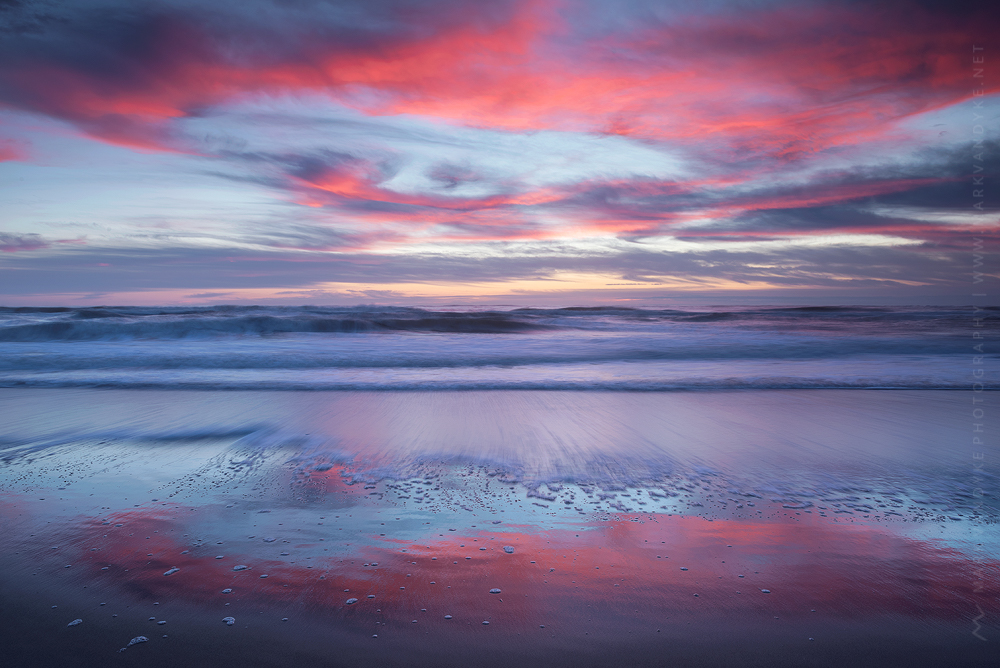I dreamed of extended stays when I became a full-time landscape photographer. Every year a different location. Twelve months of intense exploration in a new place. Unfortunately, I haven’t been able to realize that dream. Yet. Instead, like most other working photographers, I’ve learned to jump from place to place. Consequently, I’ve developed my own familiar circuit of annual travels where I get to see most of the seasonal shifts within my focus areas of the Coastal Carolinas and the Southern Appalachian Mountains. Despite my best intentions, however, I can still guess incorrectly on timing and location and miss some of the action each year.
The closest that I’ve come to carving out extended periods of my shooting schedule has been overwintering at the Outer Banks of North Carolina. The experience has been exactly what I thought it would be. Early mornings, early evenings, and lots of scavenger hunts on the beach sandwiched between! I didn’t process images. I didn’t post to social media. I didn’t do anything other than walk and pay attention to the place. Rinse and repeat. For me, that’s landscape photography done well. I was building a relationship with the place. These overwintering stays have allowed me to create some of my most personally meaningful work.
On the particular morning of this photograph, my sister and I drove to Cape Point well before sunrise. Without four-wheel drive, our route to the cape was a mile or so on foot. Capes are geographic landforms jutting out into water. Cape Point in Buxton is a triangular landmass that is the result of the collision of two opposite currents, the colder Labrador from the north and the warmer Gulf from the south. At Cape Point, one is at the easternmost beach in the Outer Banks. This is an extremely dynamic place.
We didn’t make it to Cape Point before first light. The sky began to put on a show while we were still huffing it up the coastline. Without foreground interest anywhere in sight–and with no time to find any before the sun burned hot–I was forced to toss my bag into the sand and begin working with the raw elements as they were. My indecision (and hopes of finding foreground interest) didn’t leave me even enough time to switch to my wide-angle lens. A flat portion of the nearshore was allowing reflective color on the wet sand. And that was the shot. With an exposure over one second, both the water and sky was in motion, leaving much of the photograph more abstract than details sharp and crispy.
In many ways this photograph was symbolic of the trip and the type of photography I was craving. I didn’t want hero shots of easily distinguished, popular landmarks. I didn’t want some frankenstein composite where every detail was sharp fore-to-background sort of thing. I didn’t want to impress my peers or the few followers I had on social channels. I wanted to really connect with the place. I wanted to get a little deeper and be far less planned and formulaic. I wanted surprise and I wanted an experience, and that’s exactly what I got. This first overwintering trip in January 2019 was the groundwork of what I would like to build my small business from: intimate, one-to-one, field-based, outdoor experiences in beautiful places.
Camera: Nikon D810
Lens: Nikkor 24-70mm f2.8 @ 24mm
Tripod: Really Right Stuff TVC-33
Date taken: January 29, 2019
Settings: f14, 1.6 seconds, iso-64


0 Comments